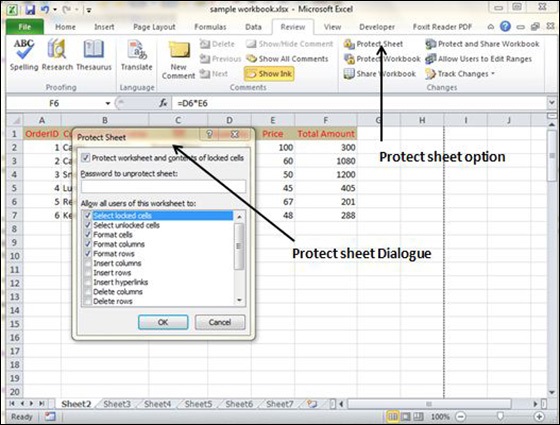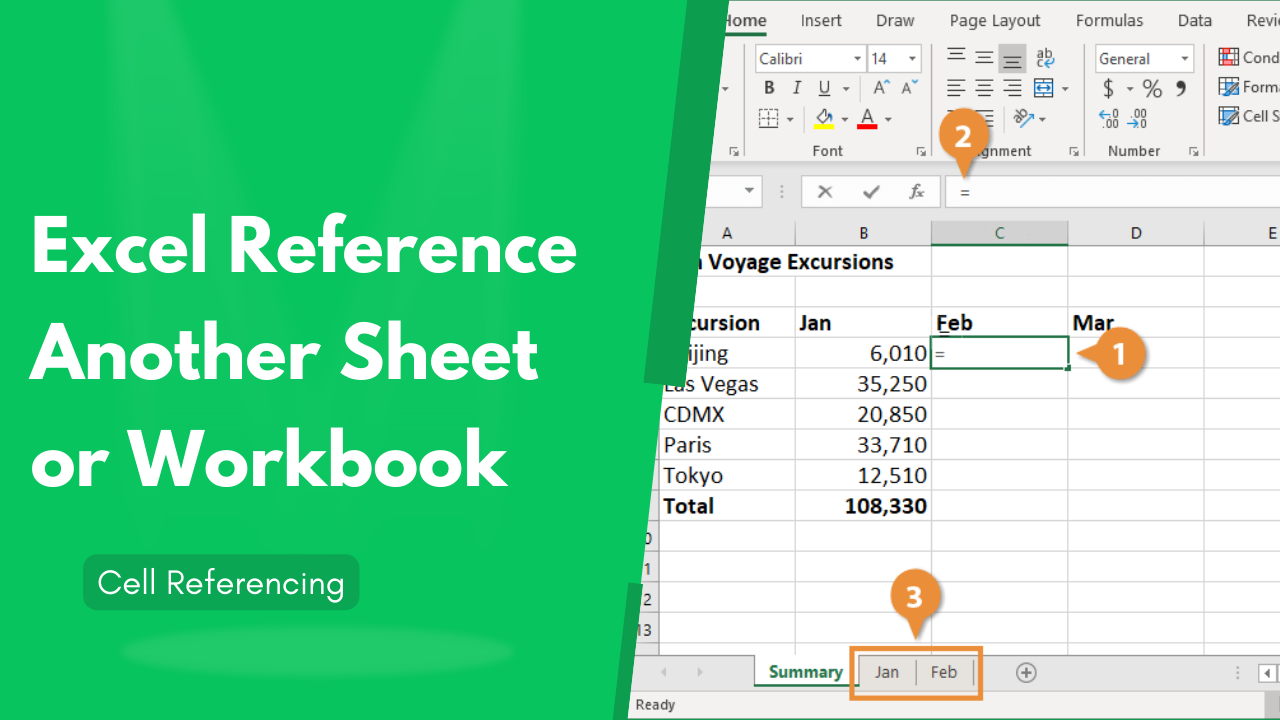CHS Paperwork Car: What You Need to Know

In the world of freight forwarding and international shipping, paperwork is the unsung hero that ensures smooth operations. While the term might seem mundane, understanding the paperwork required for handling CHS Paperwork for Cars can make or break your logistics strategy. In this post, we’ll dive deep into everything you need to know about managing car-related paperwork efficiently and effectively.
Understanding the Basics of Car Importation Paperwork

The first step in dealing with car shipments involves knowing what documents are required at each stage. Here’s a quick overview:
Bill of Lading (B/L): This document serves as a receipt for the carrier and details the agreement for the transport of goods. It’s essential for the release of cargo and for payment of freight charges.
Commercial Invoice: A detailed invoice that includes the price, quantity, description, and terms of sale for the cars being shipped. It’s used for customs clearance and for banking purposes.
Certificate of Origin (CO): This confirms where the car was manufactured, which can affect tariffs and trade agreements.
Packing List: While not always mandatory, this provides information on how the vehicles are packed in the container, their dimensions, and weight.
Export Declaration: Required by the customs of the exporting country to gather trade statistics and enforce export restrictions.
Key Documents for Car Importation

Here is a detailed look at the critical paperwork for importing cars:
Bill of Lading

The Bill of Lading (B/L) is perhaps the most crucial document:
- It acts as a contract for carriage.
- Serves as a receipt of goods.
- It’s a document of title for the goods.
The B/L must be properly filled to avoid delays or issues:
- Shipper's and consignee's details must be accurate.
- The description of goods should match other documents like the commercial invoice.
- Notify Party details are essential for communication.
Commercial Invoice

The commercial invoice must:
- Include all relevant information about the sale (prices, terms, etc.).
- Be signed by the seller or an authorized agent.
- Clearly describe the vehicle model, make, and VIN (Vehicle Identification Number).
⚠️ Note: Ensure that the invoice is in both English and the local language of the destination country for easier customs clearance.
Certificate of Origin

A Certificate of Origin:
- Might be required by certain countries to verify where the vehicle was made.
- Is beneficial for understanding tariffs and trade agreements.
Packing List

A packing list:
- Can facilitate the unloading process by providing container loading details.
- Isn’t always mandatory but can prevent issues at the port.
Customs Clearance Documents

Depending on the destination:
- Customs Brokerage Forms
- Import Licenses
- Duty Assessment Forms
- Inspection Certificates (e.g., for environmental or safety standards)
Navigating the Process

Now that we’ve covered the primary documents, let’s look at how to navigate the process:
Pre-shipment: All documents should be prepared well in advance. Work with your supplier to ensure all documents are accurate.
At the Port of Loading:
- Present all documents to the carrier.
- Ensure your carrier or forwarder checks everything.
At the Port of Entry:
- A customs broker is often required to handle the entry of goods.
- Prepare for customs inspections and potentially additional fees for non-compliance.
Post-Clearance:
- Ensure all documents are handed over for record-keeping.
- Keep records for future audits or compliance checks.
Importance of Accurate Documentation

Here’s why accurate documentation is critical:
- Compliance: Accurate documents ensure you meet all legal requirements.
- Risk Management: Minimizes the risk of fines, seizures, or delays.
- Efficiency: Facilitates quick customs clearance and reduces demurrage costs.
Frequently Encountered Issues and Solutions

- Mismatched Documents: Ensure all documents have consistent information.
- Missing Documents: Always double-check your document checklist before dispatch.
- Non-Compliance: Understand and adhere to both exporting and importing country regulations.
To wrap up, managing paperwork for importing cars involves detailed attention to documentation, adherence to regulations, and an understanding of the logistics process. Whether you’re dealing with Bill of Lading, Commercial Invoice, or any other customs documents, precision and accuracy are your allies. By following the steps outlined, you’ll not only ensure compliance but also streamline the entire shipping process. Remember, in the world of car importation, paperwork is not just an administrative task—it’s the foundation of your operation’s success.
What is the role of a Certificate of Origin in car shipping?

+
The Certificate of Origin determines where the vehicle was manufactured, which can affect tariffs and trade agreements. It can potentially lower import duties or ease customs procedures in certain countries.
How do I know if my Commercial Invoice is correctly prepared?

+
Your Commercial Invoice should match the details in the Bill of Lading, be signed by the seller, and include comprehensive details of the sale like price, terms, vehicle make, model, and VIN.
What should I do if my documents are not matching?

+
If documents do not match, review each document for consistency. Discrepancies should be corrected immediately by coordinating with all parties involved (supplier, freight forwarder, carrier) to amend the documents before dispatch.



